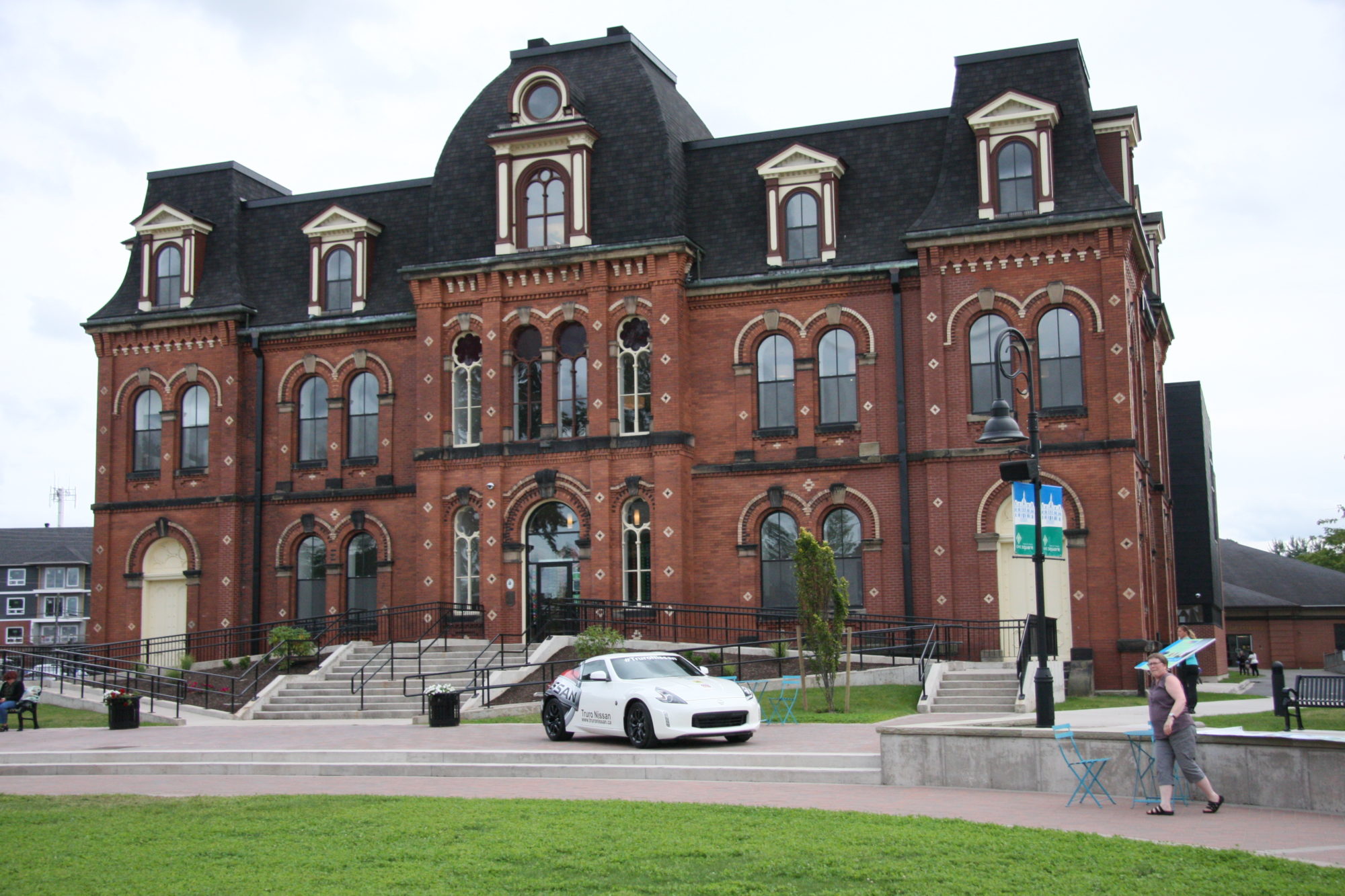Tip Sheet & Case Study: Capital Campaigns
In the heritage sector many of our fundraising campaigns are about raising capital to support the preservation, restoration and regeneration of places that matter in our communities. These are intense and time-limited campaigns that draw on all our resources but enrich our organizations by raising public awareness, increasing capacity to fundraise, and engaging new donors and volunteers.
Your Fundamentals
1. The Feasibility Study
You are about to commit considerable effort and resources to a major campaign. A feasibility study will help you gauge community support, get a sense of how much you can reasonably expect to raise and how long it will take to raise it.
A feasibility study looks at internal and external forces that may affect your success – internal forces like your capacity to fundraise, and external forces like other major fundraising campaigns in your community.
It is usually conducted by outside consultants, but you can do it yourself. Just be sure to include people from outside your bubble who are familiar with your organization but able to look at it impartially.
2. Brand your Campaign
Develop a brand and key messages for your capital campaign that differentiate it from your organization.
A capital campaign usually spans a period of years. It’s a time-limited, project-specific campaign during which your organization will continue its usual fundraising activities – activities you need to fund your normal operations.
Your campaign brand and key messages will help you engage your current donors and expand your reach to a whole new community of donors.
3. Recruit the right leaders
The volunteer leadership for your capital campaign are the people who will help you secure major gifts. Their role is critical to your success. So choose carefully – pick the right people. They should be people who:
- share your passion and commitment to the project;
- have access to networks that span the sectors of your community;
- are willing to make a leadership gift; and
- willing to identify prospects, open doors, and solicit major gifts.
Tell your story
In the heritage sector most of our projects are “bricks and mortar”, while donors today are more focused on funding social impact. The advantage we have is that we are working to save places that matter, and often regenerating them into spaces that are economic and social assets in our communities.
Tell the story of your place in a compelling way that brings to life its importance in the history of your community. Focus on people – past and present – who are part of its heritage. Remember that photos and videos are powerful tools to engage your community, build momentum for your campaign, and reach new donors.
Case Study
Truro Public Library
The Old Provincial Normal College in Truro, Nova Scotia was built in 1877 as a training centre for Nova Scotia’s teachers. It was recently restored and regenerated as the town’s new library and the centrepiece of a new civic square. $8 million of the $9 million project was funded by governments. The local library foundation was tasked with raising $1million to support the project.
The Challenge
Truro is a small town – population 20,000. Two major capital campaigns in the community were just winding down so donor fatigue was a real issue. And the money had to be raised in six months. In addition, there was little budget allocated.

The Approach
Given the timeframe there was no quiet phase/public phase. And given the donor fatigue in the community, it was difficult to recruit a leadership team. The foundation persuaded a board member to take on running the campaign at a nominal salary and she began the major asks. It took one month to secure the first major donor and he was so impressed by what he saw that he helped to solicit other gifts.
Taking major gift prospects on tours of the project while it was under construction proved to be an invaluable way to engage them.
A campaign brand was developed and marketing materials focused on educating the public about what state-of-the-art libraries can do and why the community needed one.
While the focus of the campaign was on major gifts, community events were held to raise public awareness and build momentum. They partnered with other non-profits on small fundraising events. Local businesses were approached for gifts-in-kind and acted as agents for the sale of 50/50 tickets. The library sold cards featuring an historic image of the College.
Outcomes
The campaign reached its goal on time and the new library has experienced a 35% increase in visits since it opened.
Lessons Learned
01. Educate your community
Educate your community about your project. While the preservation of an important heritage site will have the support of a certain segment of donors, explaining the economic and social benefits your project will bring to the community can expand your reach to other donors.
02. Tell your story
Tell the story about your project – the history of the place, the people from the past, and those your project will benefit today and in the future. Many people were surprised to learn that Margaret Atwood’s mother attended the college. And the “My Library Is…” branding encouraged many to come forward and share their stories about what having a new library in their community meant to them.
03. Use social media
Social media is a powerful tool to educate your community, tell your stories, and build momentum for your project. It doesn’t always have to be about asking for a donation.
04. Talk to other organizations
Talk to other organizations who have run capital campaigns in your community. People in the non-profit world are usually willing to share their experiences and you can learn a lot from those who have gone before you.